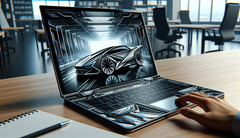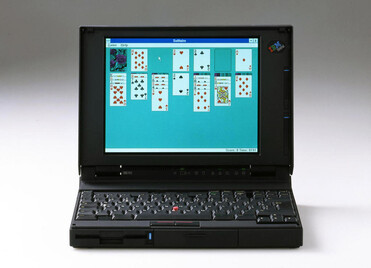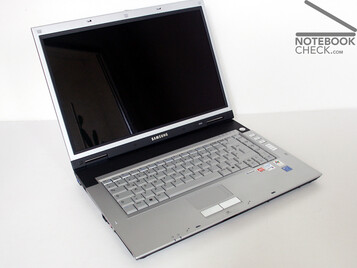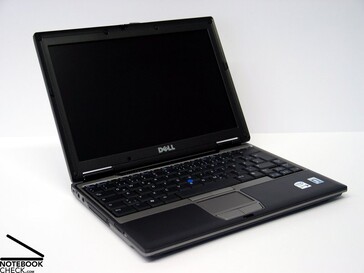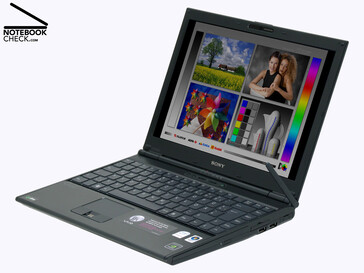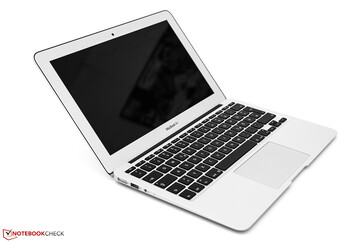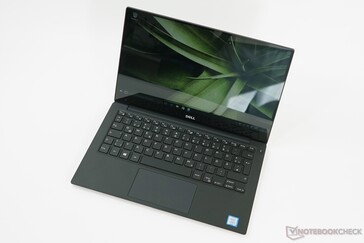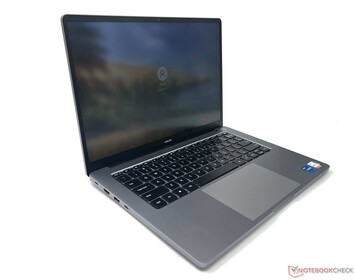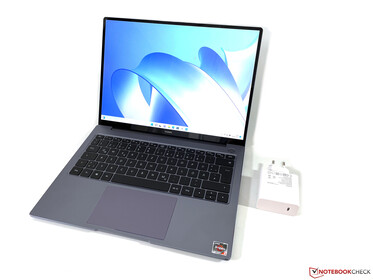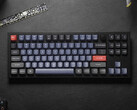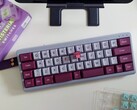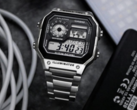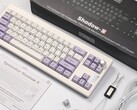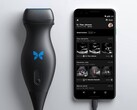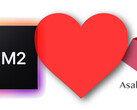Since the very first laptop, designs of the portable clamshell-style PCs have been constantly evolving. Change in this area was not just driven by visual flair, but also the specifications of the notebook computer, which continuously improved. Bigger screens, more efficient CPUs, better batteries, wireless connections and new materials - all of these contributed to the fact that a laptop made in the 1990s looks very different from a laptop made in the 2000s, and that a laptop made in the 2000s looks different from a laptop made in the 2010s.
However, it can be argued that since the 2010s, the design development has started to stall. Many brands have not significantly changed their laptop designs in a few years, instead simply warming up the same designs every year - and among OEMs, laptops have started to look more alike, with most trending towards a MacBook-esque design. It appears that the laptop design has started to settle into a familiar, yet boring status quo. How did we get here?
Laptop designs throughout the decades - the 90s, the 2000s and the 2010s
When it comes to visual design, every decade of laptops had its own style. In the 1990s, laptops were small and boxy, often in beige or matte gray, as that was the office standard of the day, and without a touchpad. Instead, laptops featured trackballs and IBM ThinkPad style pointing sticks. Laptops had many ports and still featured floppy disk drives, though they were slowly being replaced by CD drives towards the end of the 90s.
In the 2000s, modern laptop sizes started to take shape, with the transition to much bigger screens and widescreen formats. Touchpads became standard, and many laptops adopted a black or silver colorway - following popular brands like Vaio and ThinkPad. The decade also brought the first ultrathin laptops, with the original MacBook Air as the most significant one. Plus, we saw the introduction of Chiclet keyboards, which slowly started to replace the old beveled IBM style keycaps. CD drives and DVDs were still standard, but with the introduction of Wi-Fi and streaming, their deaths were already on the horizon.
In the 2010s, all the new things introduced in the 2000s became standard. Laptops became much thinner, and they lost their optical disk drives, following the example of the Apple MacBook Air and Intel's Ultrabook platform. Chiclet keyboards were now the norm. In terms of the color, gray and silver are now dominating, and many OEMs started to chase MacBooks with using aluminum for the casing. Towards the end of the 2010s, screen bezels started to practically disappear on laptops, a trend which Dell first started with its XPS 13.
The laptop design of the 2020s: Boring!
That brings us to today. Halfway through the 2020s, it appears that no OEM really wants to push the boundaries design wise anymore. Most have settled into a very similar design: Silver-grey aluminum chassis with a chiclet keyboard and slim bezels. This is the basic design of most laptops now and standardized to small details like the undersized, cramped arrow keys that no one likes.
Apple, once a company that innovated with Titanium screens covers, hasn't really changed the design of their MacBooks much since the 2010s, with some failed experiments like the touchbar aside. A 2023 MacBook Pro looks almost the same as a 2015 MacBook Pro, though now with smaller bezels and a notch.
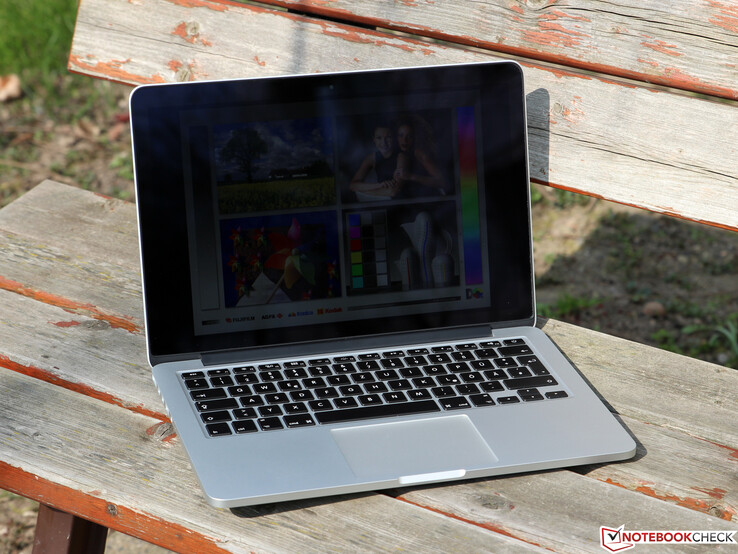

Dell tried to break the mold with their newest XPS series and models like the Dell XPS 14 (available for $1,500 at Amazon.com), pushing designs with a frameless touchpad, touch based F keys and new keyboard keycaps, but so far, it has been an experiment without any followers. HP, Asus and Lenovo all tried their hand at foldable laptops - cool, but very expensive, and ultimately not successful. The experimentation here did not move the needle when it comes to the more "normal" designs of these manufacturers, either.
Even the Framework Laptop, a very innovative device that embraces a modular design, adopted the very boring basic design scheme of most laptops these days. As cool as that design is technically, as boring it is visually.
Laptop design: Ripe for an Elon Musk style disruption
That is why I am saying: The laptop market needs a disruption. It needs a new MacBook Air moment, a moment that redefines how a laptop in the 2020s should look like. It needs someone like Elon Musk - as controversial as the tech billionaire may be, his ability to disrupt a market is well known. One of the OEMs has to find the courage to do something bold and implement it across all of its lines - like new materials, new colors and different shapes.
The laptop space needs innovation - not just better processors, but also more interesting designs. Otherwise, the danger of falling into a boring rut may set back the market.
Source(s)
Own




